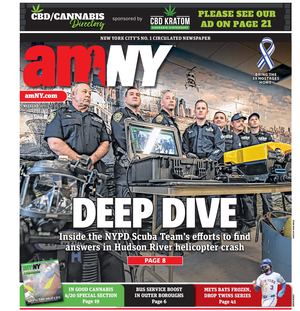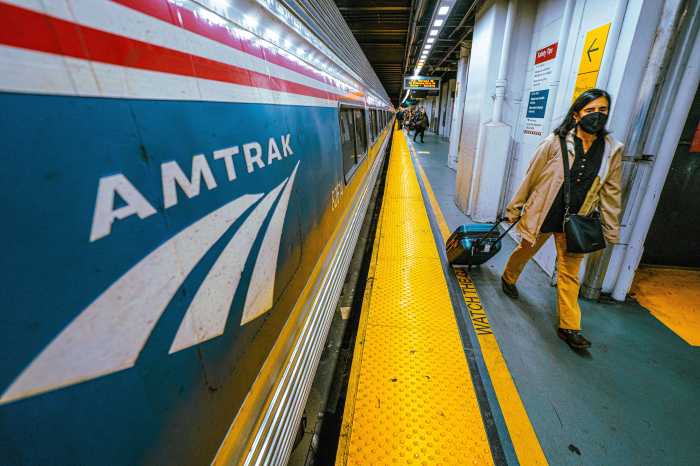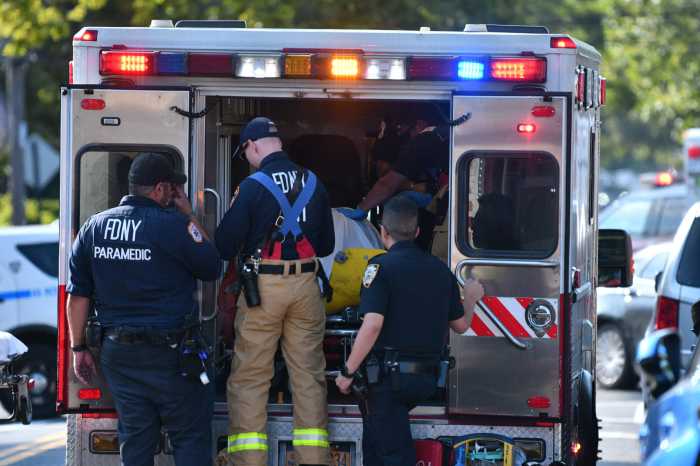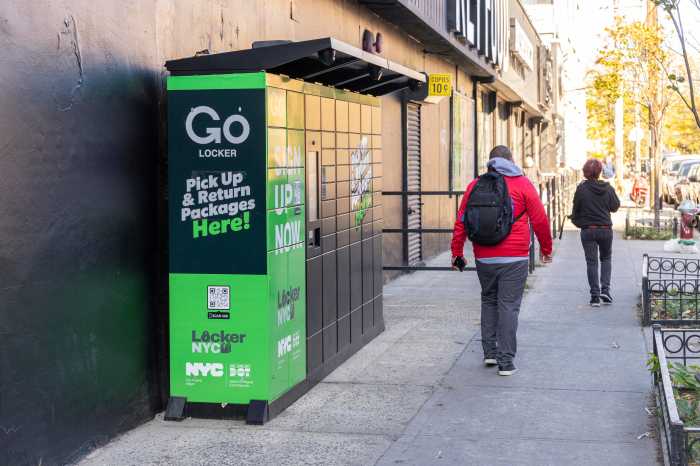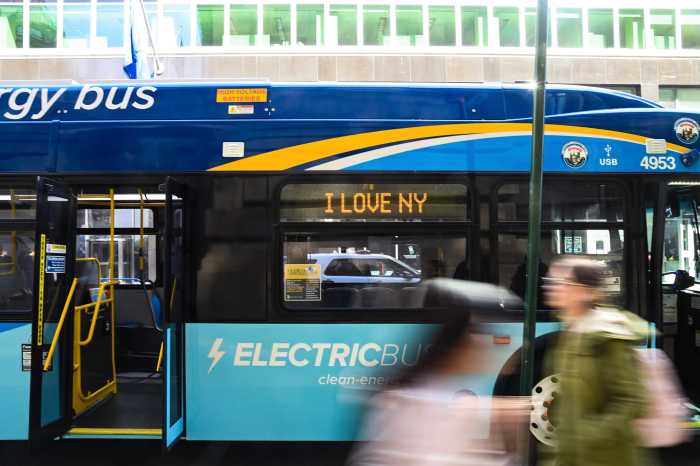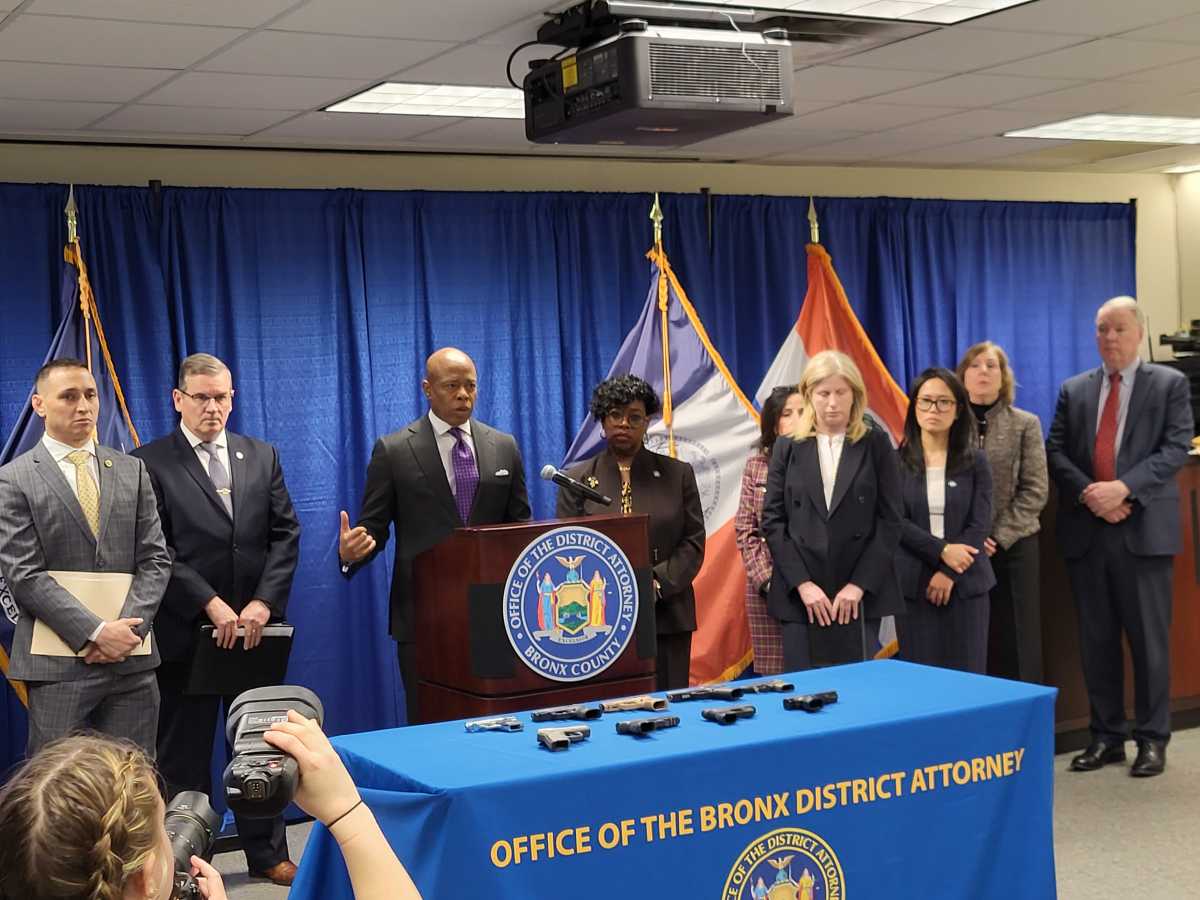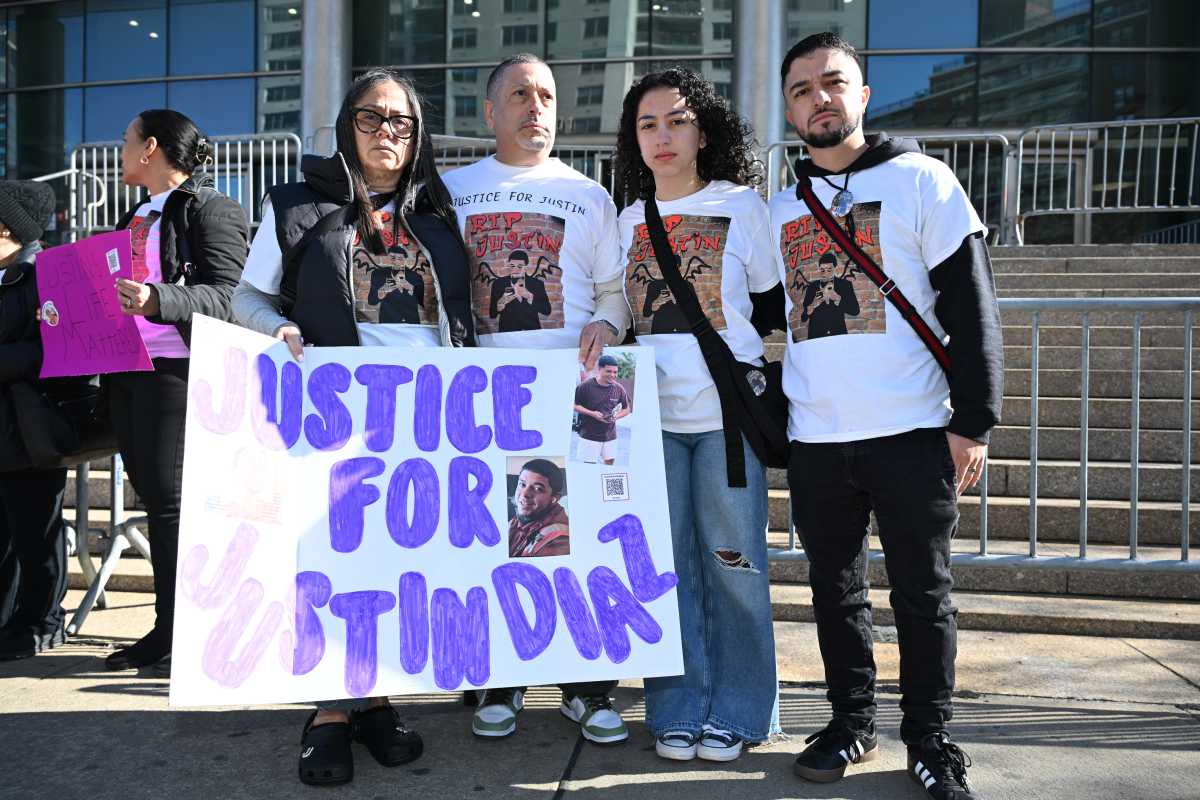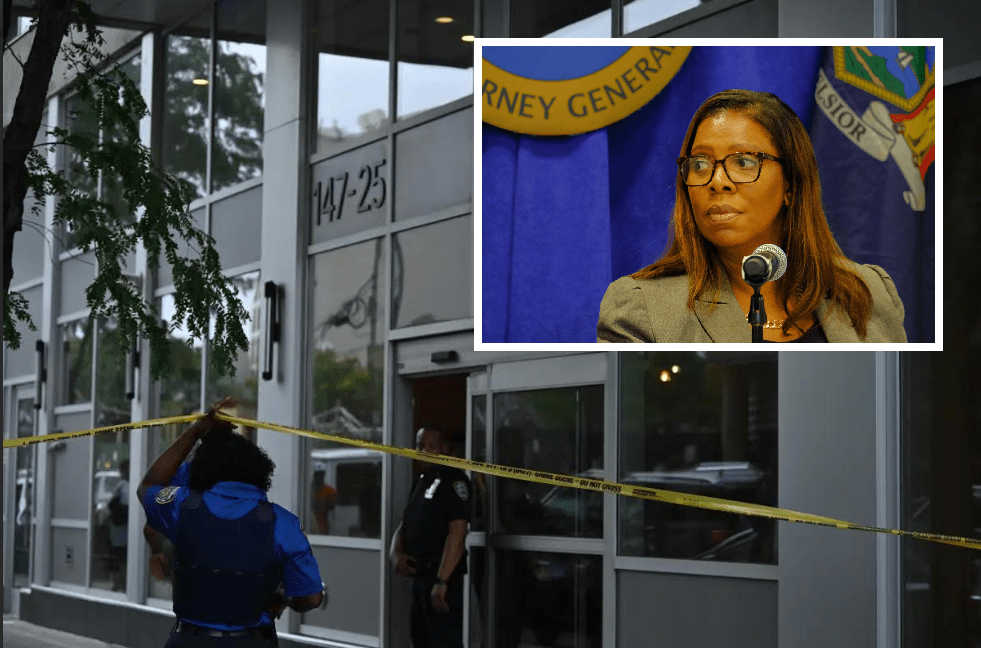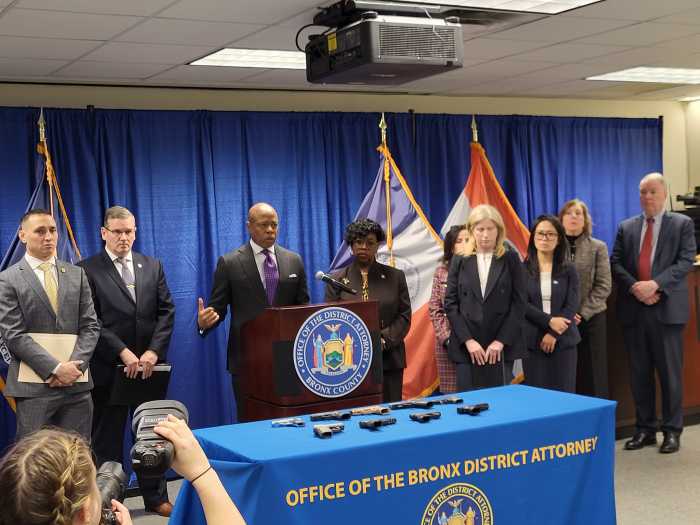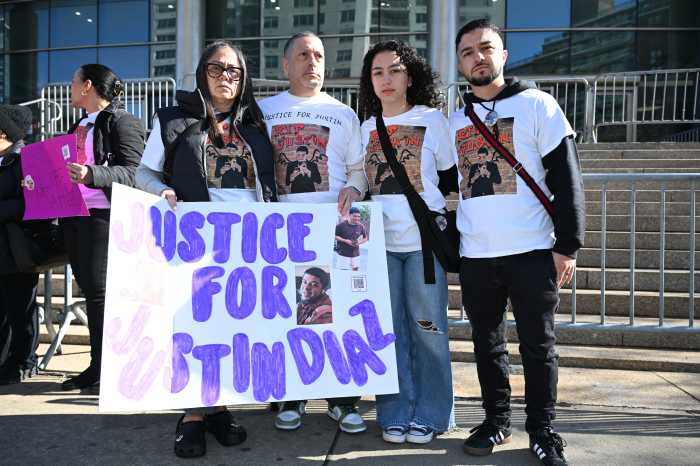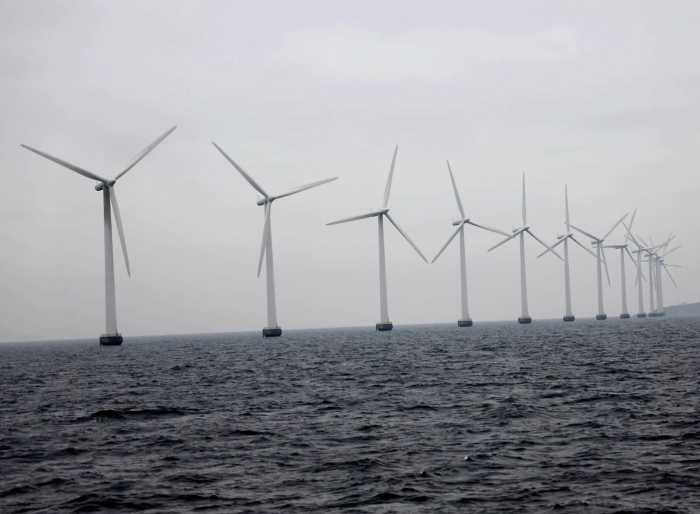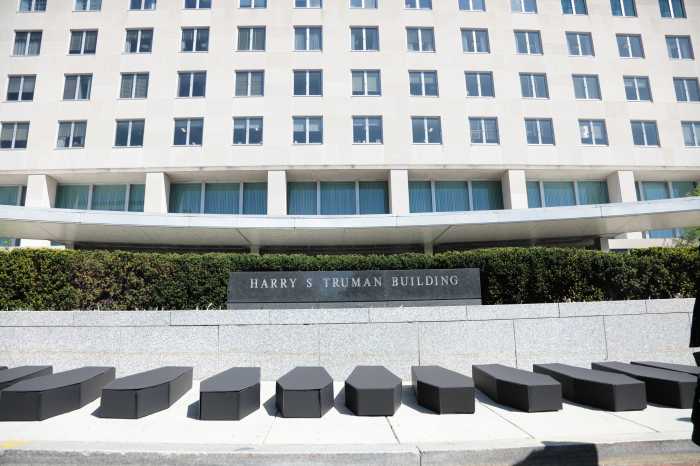
After facing months of blowback against city proposals, Mayor Bill de Blasio on Wednesday announced a new panel that will evaluate the reconstruction of the Brooklyn-Queens Expressway.
The BQE Panel includes members from the world of academia as well as civic and construction industry groups, and will be tasked with assessing recent alternative proposals to repair the badly aging highway. The panel will also offer its own new ideas. The assessments are to be finalized this summer, with the formal environmental process beginning toward the end of the year.
“The BQE is a lifeline for Brooklyn and the entire city — which is why we are bringing in a panel of nationally renowned experts from a range of fields to vet all ideas and make sure we get this right,” said de Blasio in a statement. “We will be engaging in a transparent, collaborative process to find the best solution for one of the most critical transportation corridors in the nation.”
In September the city unveiled two options for repairing a 1.5-mile stretch of the loathed highway from Atlantic Avenue to Sands Street. One option would require the closure of the iconic Brooklyn Heights Promenade for six years to allow for the city to build a temporary highway at the level of the overlook. The second choice, a lane-by-lane approach, would require an even longer reconstruction that could be even more disruptive to vehicular traffic.
Both choices were met with sharp criticism from the well-resourced residents of Brooklyn Heights, while some elected officials wondered if the six-lane, triple-cantilever section of the highway had to be built back as-is at all.
The mayor’s announcement comes ahead of a Wednesday evening town hall — hosted by the Brooklyn Heights Association and A Better Way, a group formed in opposition of the BQE rebuild plans — that will focus on alternative proposals.
City Council Speaker Corey Johnson last month called for the city to explore removing the BQE entirely, while City Comptroller Scott Stringer’s office pitched its own ideas for a reconstruction that involves a much smaller highway.
“NYers have been pushing for better alternatives to the BQE, and the City is finally listening,” Stringer said in a tweet in response to the mayor’s announcement. “We can re-imagine this project to help stitch back together communities long divided by a superhighway.”
On Tuesday, the Regional Plan Association released a report highlighting policies that could reduce traffic on the BQE to make a smaller span more viable. Tom Wright, the president of the RPA, is a member of the new panel, which will be headed by Carlo Scissura, the president and CEO of the NY Building Congress, a construction trade group.
“The panel that has been assembled represents the absolute best minds in urban planning, transportation, business, design, engineering and construction, and will create a thoughtful, meaningful and inclusive process,” Scissura said in a statement. “Rebuilding the triple cantilever will affect every community along the BQE — as well as the tens of thousands of commuters that drive on it daily — and it is essential that we come together to ensure this project is done right for each individual neighborhood and all five boroughs.”
The members of the new BQE Panel:
- Carlo Scissura, NY Building Congress (Chair)
- Rohit Aggarwala, Sidewalk Labs
- Vincent Alvarez, New York City Central Labor Council
- Kate Ascher, BuroHappold Engineering
- Elizabeth Goldstein, Municipal Arts Society
- Henry Gutman, Brooklyn Navy Yard Development Corp./Brooklyn Bridge Park
- Kyle Kimball, Con Edison
- Mitchell Moss, NYU Wagner Graduate School of Public Service
- Kaan Ozbay, NYU Tandon School of Engineering
- Hani Nassif, Rutgers School of Engineering
- Benjamin Prosky, American Institute of Architects
- Denise Richardson, General Contractors Association
- Ross Sandler, New York Law School
- Jay Simson, American Council of Engineering Companies of New York
- Tom Wright, Regional Plan Association
- Kathryn Wylde, Partnership for NYC
